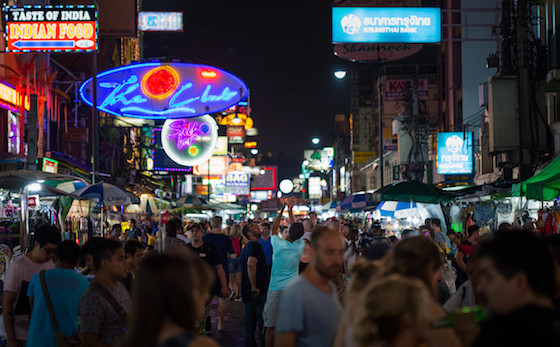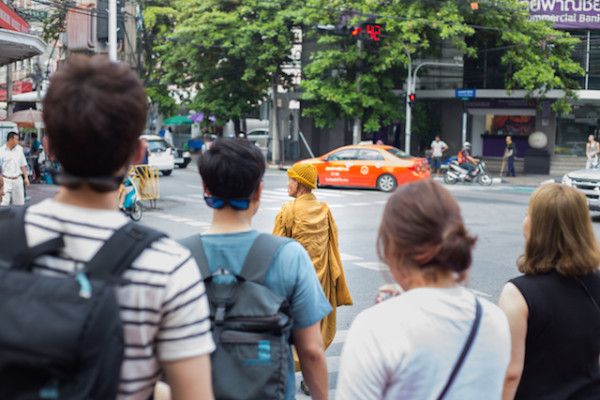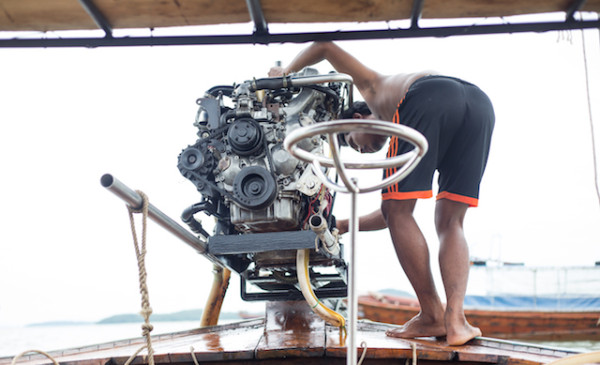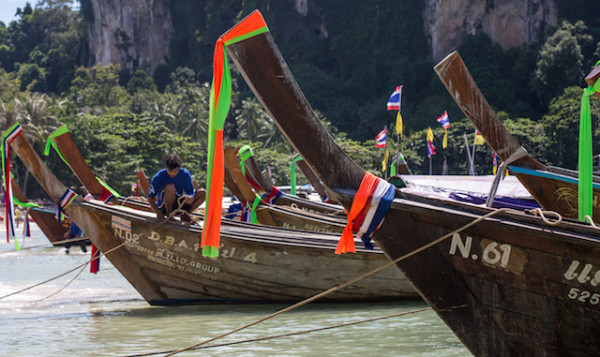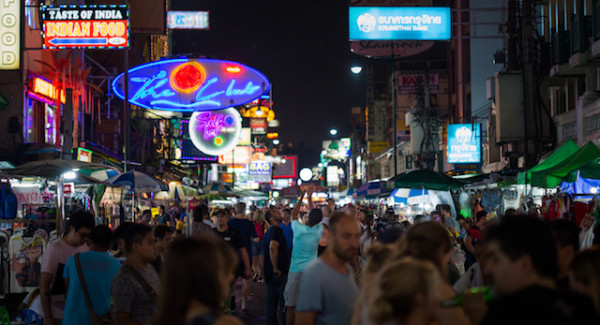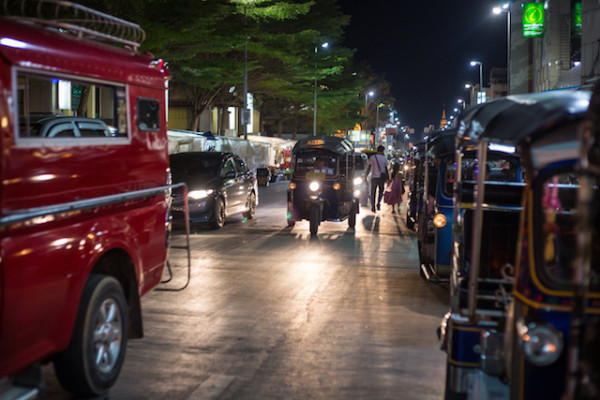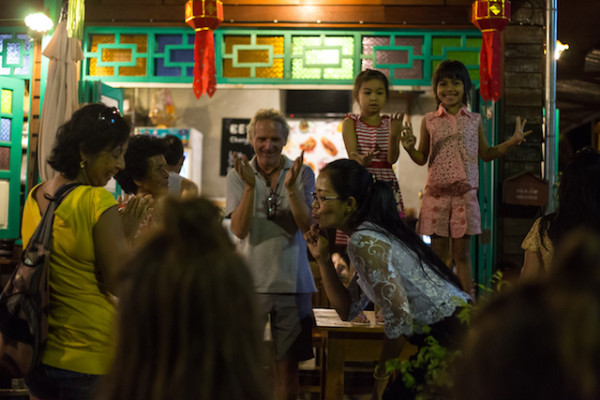1. Understand where you are
Street photography, in it’s purest sense, features the human condition as it exists within an environment. Without an understanding of that environment, you’re simply taking pictures of people doing things. Having even a basic sense of culture, tradition, values, fears, habits, etc. of the population you’re capturing is the first step toward meaningful street photography, and learning to showcase that will do wonders for your photos. If you understand why, for example, the monks of Thailand spend their mornings walking the streets, then you can frame the image in such a way to tell that story, instead of trying to apply your own meaning to a foreign scene.
